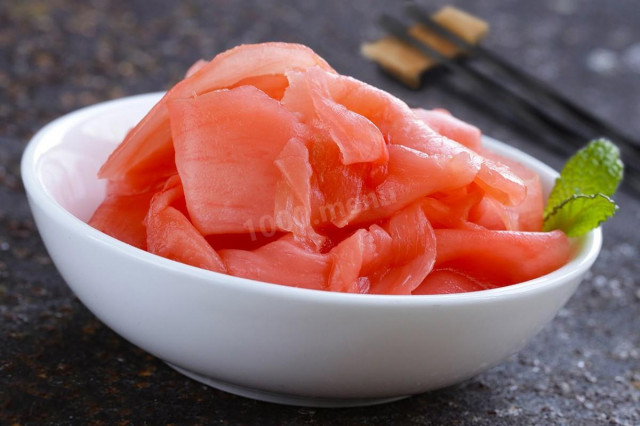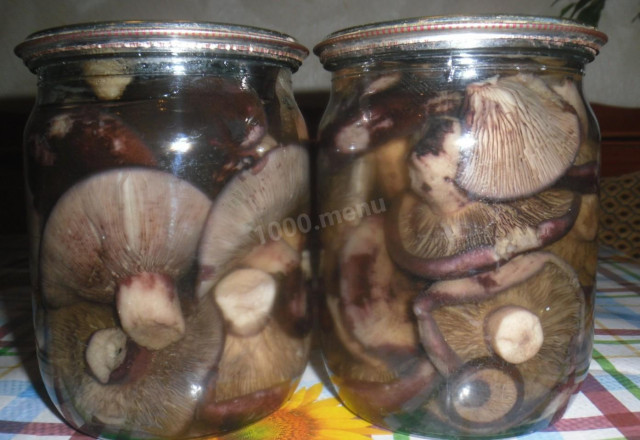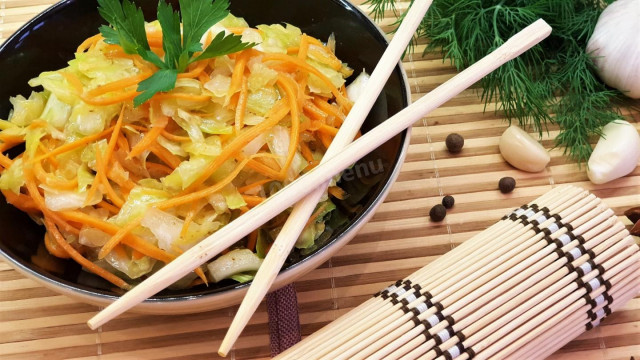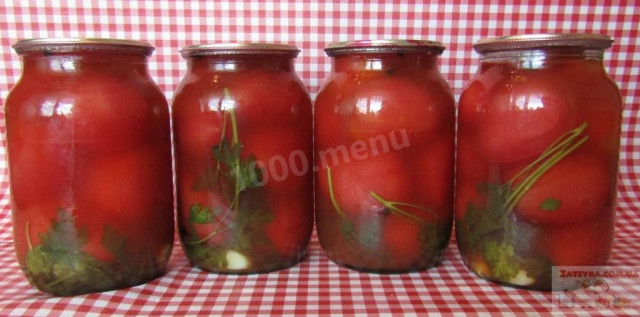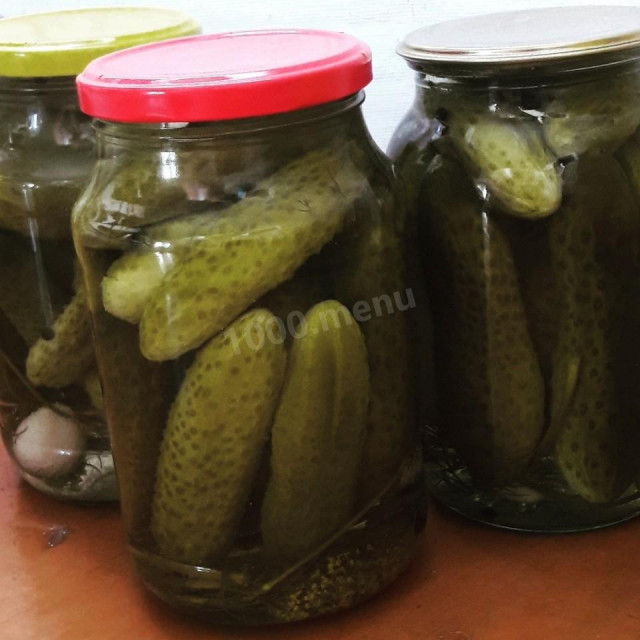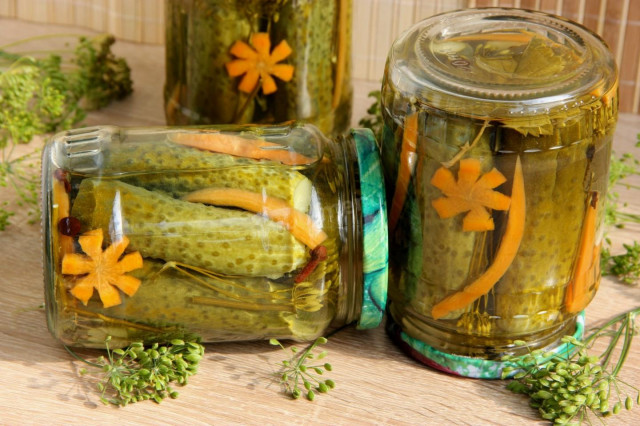Composition / ingredients
Cooking method
Pickled ginger is well suited to any meat and fish dishes, while it activates digestion and helps to better digest the main dish. It is good to serve ginger also with salads, while using not only the ginger plates themselves, but also the marinade. Pickling ginger is not difficult, although it is a little expensive in terms of waiting time. So let's get started...
1. Pre-washed and dried ginger root is cleaned from the skin, removing it with a thin layer. The peeled root is cut with a vegetable peeler into thin plates. We do this strictly along the fibers. The resulting ginger plates are transferred to a suitable-sized glass container.
2. Pour half of the water into a small saucepan and put it on high heat, bring the liquid to a boil. When it boils, pour salt, stir until the crystals are completely dissolved, then pour ginger plates with this solution. Leave them in the solution for 5 minutes, then drain the liquid.
3. Pour the remaining water into a saucepan, pour sugar and put it on high heat again. Bring to a boil, stir so that the sugar dissolves faster. Pour the resulting syrup over the ginger plates and wait for the syrup to cool completely.
4. Ginger plates and syrup have cooled down - put a piece of beetroot and pour vinegar over everything, do not drain the syrup. We put a container with ginger plates in the refrigerator for 12 hours. When this time has passed, ginger can be served to the table.
Bon appetit!
Calorie content of the products possible in the composition of the dish
- Beetroot - 40 kcal/100g
- Dried beetroot - 278 kcal/100g
- Boiled beets - 49 kcal/100g
- Ginger - 80 kcal/100g
- Dry ginger - 347 kcal/100g
- Pickled ginger - 51 kcal/100g
- Granulated sugar - 398 kcal/100g
- Sugar - 398 kcal/100g
- Wine vinegar (3%) - 9 kcal/100g
- Vinegar 9% - 11 kcal/100g
- Balsamic vinegar - 88 kcal/100g
- Apple vinegar - 14 kcal/100g
- Vinegar - 11 kcal/100g
- Salt - 0 kcal/100g
- Water - 0 kcal/100g

